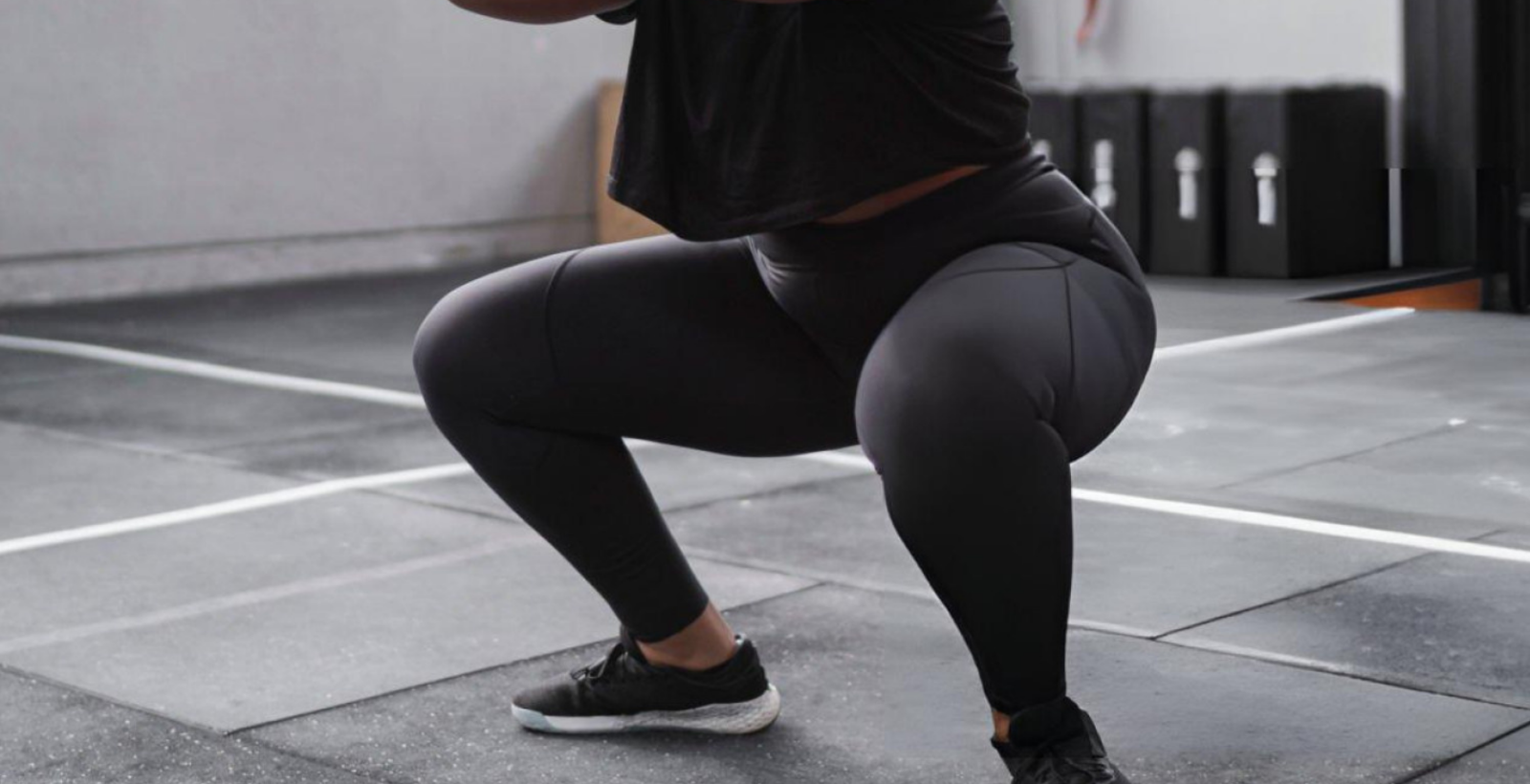The Asian squat is a simple yet effective exercise, especially beneficial when done after meals.
Here are six key benefits of the Asian Squat:
1. Promotes digestion
Performing light exercise, such as the Asian squat, after meals can enhance gastrointestinal motility, aiding in digestion and absorption of food, thereby reducing the risk of indigestion.
2. Improves blood circulation
The squatting motion helps promote blood circulation in the lower limbs, reducing post-meal blood sugar fluctuations, which is particularly beneficial for diabetes patients.
3. Strengthens leg muscles
This exercise primarily engages the leg muscles. Regular practice can increase leg muscle strength and endurance, aiding in maintaining body balance and preventing lower limb diseases.
4. Relieves stress
Simple squatting movements can help relax the body and mind, reduce stress, and improve overall mental state.
5. Enhances hip and knee flexibility
Regularly performing this squat can enhance the flexibility of the hip and knee joints, preventing joint stiffness and exercise-related injuries.
6. Burns calories
While not a high-intensity exercise, consistent squatting can still burn a certain amount of calories, helping to maintain a healthy weight.
lazyload
How to practise the “Asian Squat” correctly
Step 1: Choose a suitable location
Find a wall, preferably with a comfortable cushion (not too soft), and stand in front of the wall or lean against the cushion.
Step 2: Body position
Place your feet shoulder-width apart, slightly point your toes outward, and keep your weight on your heels.
Step 3: Squat down
Slowly squat down, keeping your back straight, thighs parallel to the ground, and knees not extending beyond your toes.
Step 4: Maintain balance
Place your hands on your knees or extend them forward to maintain balance.
Step 5: Breathe evenly
Breathe naturally without holding your breath.
Important tips
- Practice duration: Each session should last for fifteen minutes. Focus on squatting and maintaining the posture without distractions or multitasking.
- Normal reactions: Experiencing burping or flatulence during practice is normal and indicates effective gastrointestinal motility. Do not hold in flatulence.
- Initial discomfort: Numbness in the legs may occur initially but will improve over time, enhancing leg strength and promoting blood circulation.
- Rising slowly: After fifteen minutes, rise slowly to avoid dizziness. Stretch your body gently and, if possible, take a short walk afterwards for additional health benefits.
By incorporating the “Asian squat” into your daily routine, you can reap these physical and mental health benefits, enhancing your overall well-being.
This article was syndicated from Marie Claire Taiwan
Translated and adapted by Praise Vandeh, Marie Claire Nigeria Content Writer


